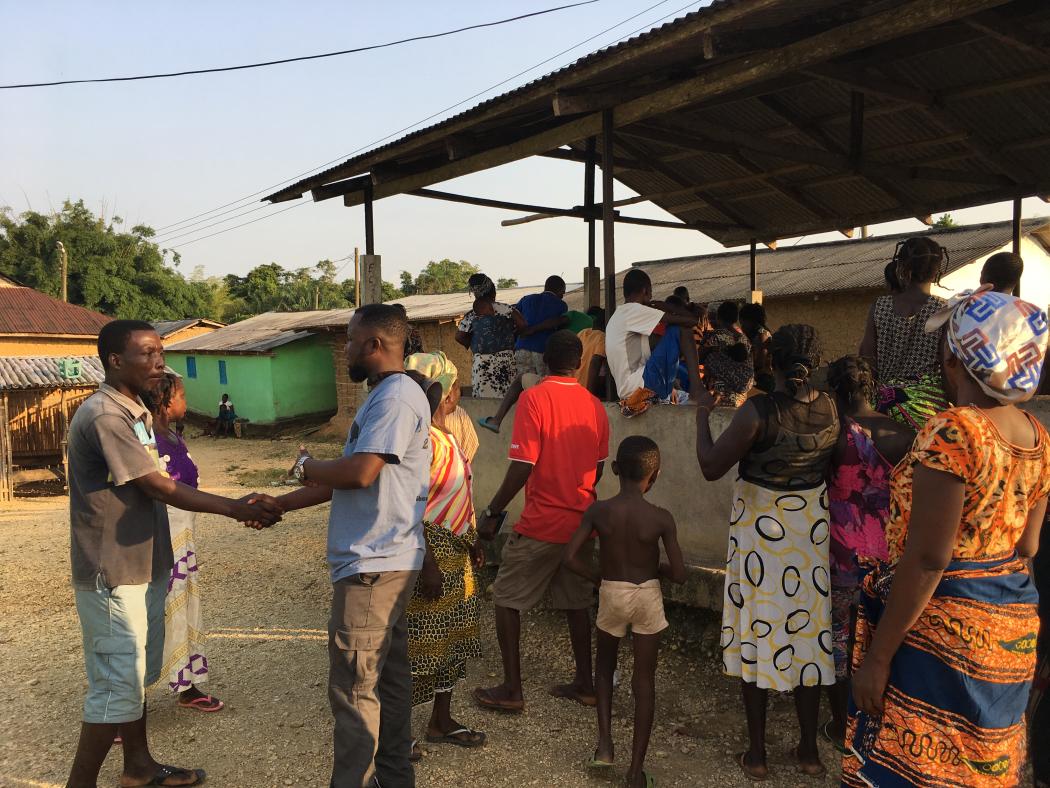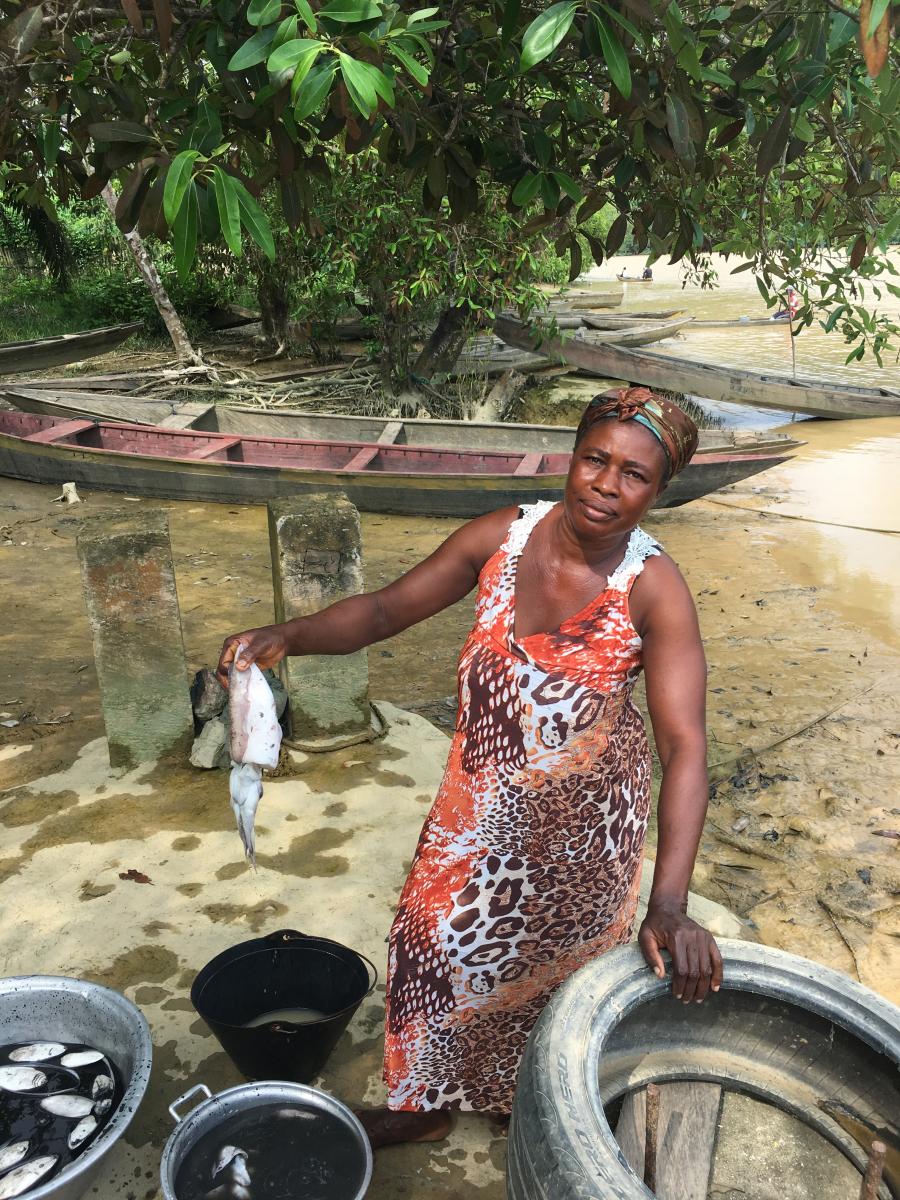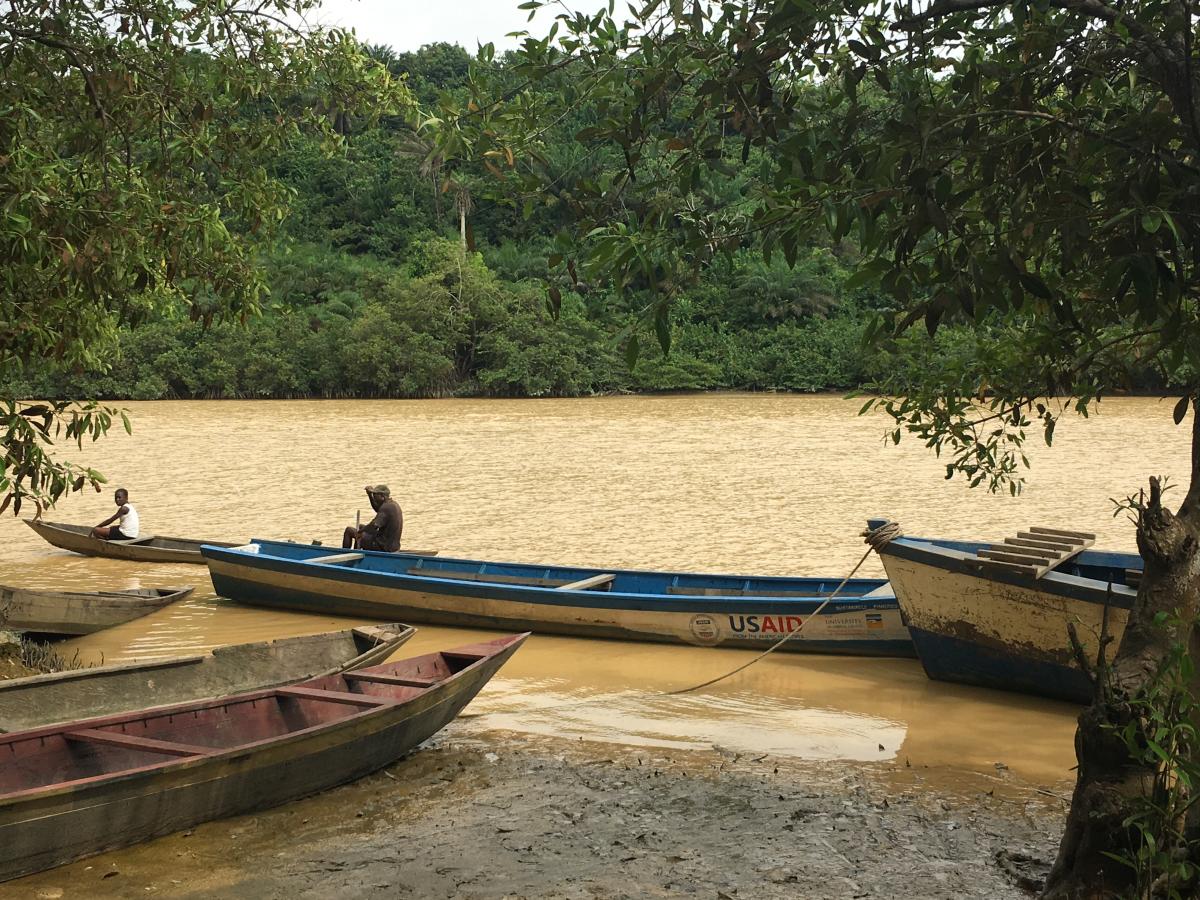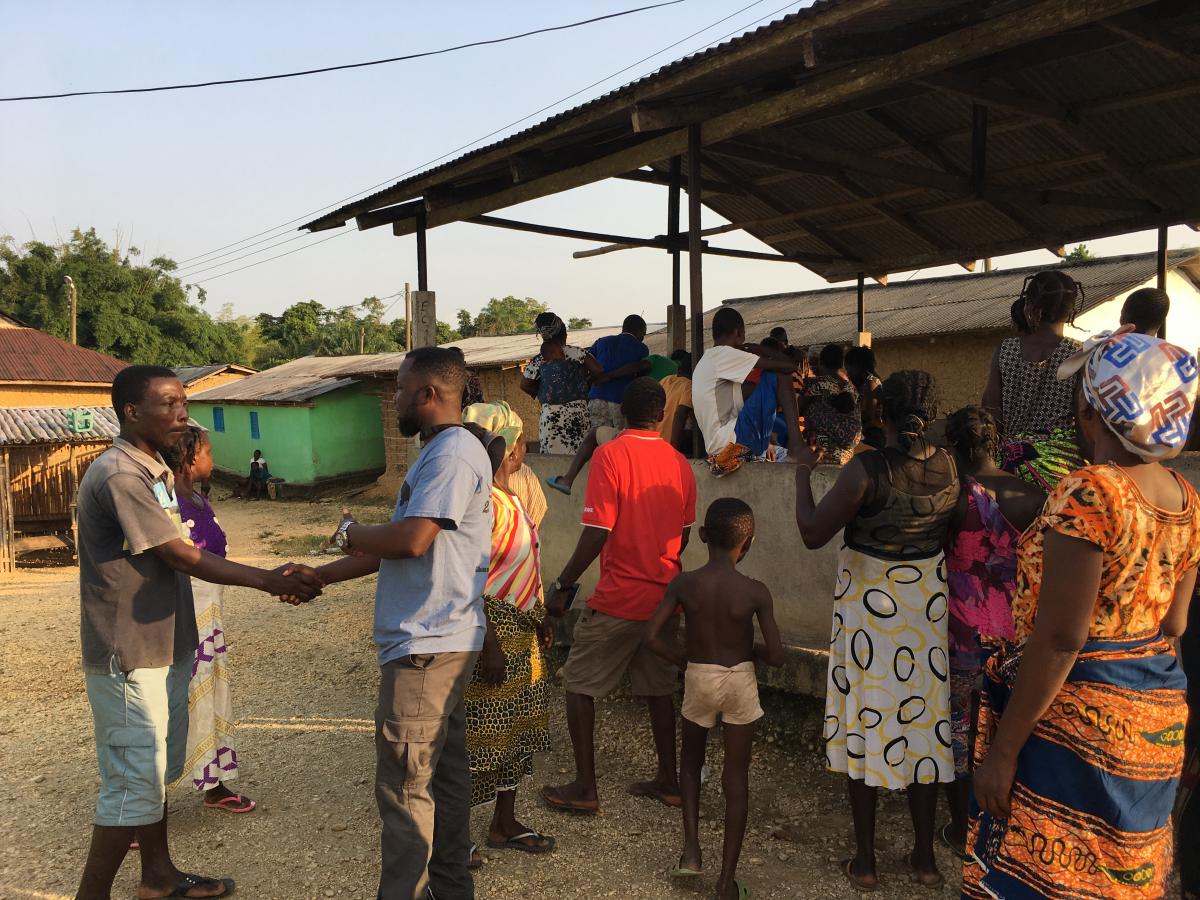Trust, Capacity, and Innovation Help Local Organizations Reach Last-Mile Communities

Authors: Kristen Devlin and Kim Farnham Egan, JSI
According to the World Bank and the World Health Organization, at least half of the world lacks access to all essential health services. In pursuit of the goal of universal health coverage, countries are developing strategies to reduce health expenses, investing in life-saving medicines and technologies, and strengthening and scaling health systems to reach all people with high-quality services. Supporting frontline health workers is critical for reaching remote and underserved communities, but those are often the places that have the fewest resources to do so. Therefore, complementary strategies such as collaborating with local organizations in both tried-and-true and innovative ways are important for reaching people who live at the “last mile” of health service delivery.
A great example of such an effort comes from the communities that dot the Ankobra River in the Western Region of Ghana, where health challenges include poor sanitation and high malaria rates. People here depend on the river for their livelihoods as well as transportation: the only road is intermittently navigable, so people mostly get around by boat, which limits travel to daylight hours and good weather. As a result, people cannot always get to health facilities when they need to. Likewise, the community health officers who provide basic health services at facilities and in communities cannot always get to the people who need them.

A woman cleans squid along the Ankobra River. Photo courtesy JSI.
In September 2018, a local organization called Hen Mpoano received a grant from the USAID-supported Advancing Partners & Communities (APC) project to address some of these barriers to health service access. Hen Mpoano trained 34 members of local conservation committees, savings and loans groups, and fishery management committees in 10 of these communities on key health messages and practices, such as handwashing, birth spacing, and correct use of insecticide-treated nets. These champions serve as resources for their families and neighbors when community health officers are not there. They also make referrals to health facilities and remind people about upcoming community health officer visits. Hen Mpoano is also working with district health directorate staff and community health officers, to ensure aligned messaging between and consistency with the country’s package of services.
What is special about this initiative? Hen Mpoano is not a health-focused organization; its expertise is community-based conservation and sustainable fishing in coastal and river communities. However, because of limited health care access in those communities, Hen Mpoano is integrating health and family planning into its existing conservation programming. This integration model, known as a population, health, and environment (PHE) approach, recognizes that these three things strongly affect one another. This is especially true for communities like those along the Ankobra River that depend on the environment for their livelihoods.

Small boats along the Ankobra River. Photo courtesy JSI.
Although Hen Mpoano’s intervention only began recently, it has been well received. One community conservation committee member said “…now that we are educated on family planning and its relation to our conservation efforts and our health, we will continue to serve as champions.” And because community health officers are sometimes unable to get to the area, he and the other champions act as conduits for drawing their neighbors into the formal health system.

A community meeting introducing population, health, and enviornment concepts. Photo courtesy JSI.
While investing in frontline health workers is important, Hen Mpoano’s experience also shows the value of working in partnership with local organizations.
- Local organizations are known to community members and can leverage existing relationships with authorities. When aligned with local priorities and national policies, these organizations can complement health service delivery systems and reduce barriers to care-seeking. Moreover, their established presence increases the likelihood that their support will last longer than just one project.
- It can be cost-effective to support local organizations that work in development sectors other than health (e.g., conservation, nutrition, agriculture, social welfare, education) to add simple health messages and education and/or services to ongoing programs. Mutually reinforcing messaging can lead to longer-lasting health and development outcomes. Likewise, healthier communities can support broader development objectives, such as ensuring sustainable food sources and conservation initiatives. Additional information and resources on the benefits of integration can be found in APC’s technical brief The Added Value of Integrating Family Planning into Community-based Services: Learning from Implementation.
- Local organizations are well-positioned to support interventions to cultivate and practice healthy behaviors, which is as critical to health as accessing services. Involving health workers and other local entities in health-related interventions can also help align goals across programs, and reduce frontline health workers’ (at times impossible) goal of reaching everyone.
To learn more about this and similar initiatives, visit the websites for Hen Mpoano and Advancing Partners & Communities.
